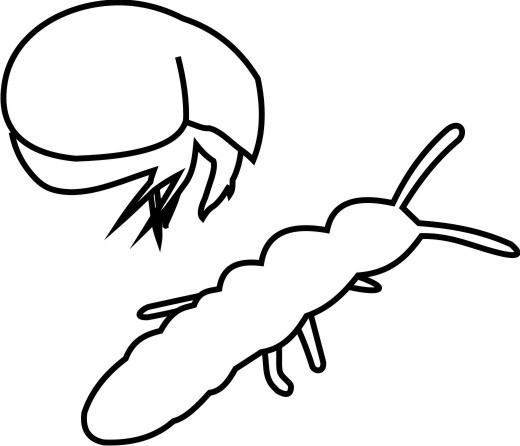
Towards understanding insect species introduction and establishment: A community-level barcoding approach using island beetles.
Molecular Ecology
32: 3778-3792
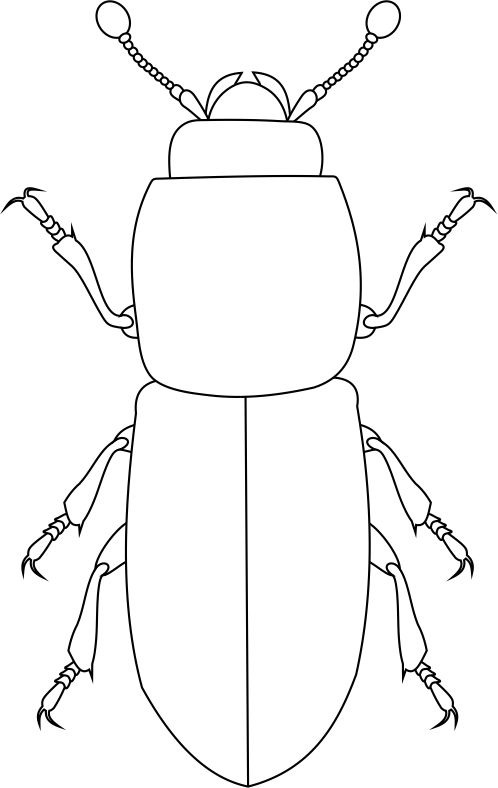
Collective and harmonized high throughput barcoding of insular arthropod biodiversity: Toward a Genomic Observatories Network for islands.
Molecular Ecology
32: 6161-6176
*equal contribution
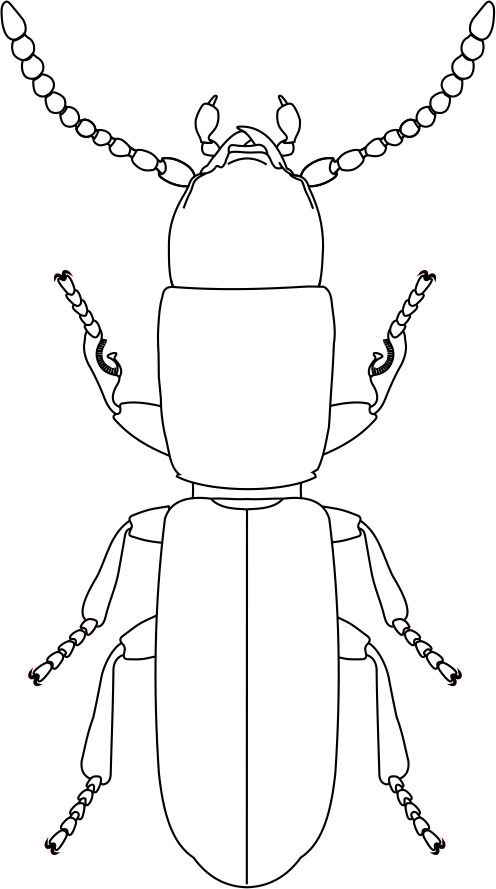
Inferring the ecological and evolutionary determinants of community genetic diversity.
Molecular Ecology
32: 6093-6109

Towards a genetic theory of island biogeography: Inferring processes from multidimensional community-scale data.
Global Ecology and Biogeography
32:4-23
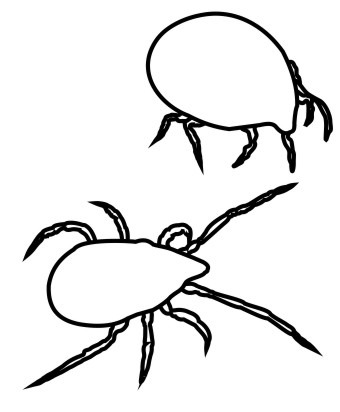
Dispersal ability and niche breadth influence interspecific variation in spider abundance and occupancy.
Royal Society Open Science
10: 230051
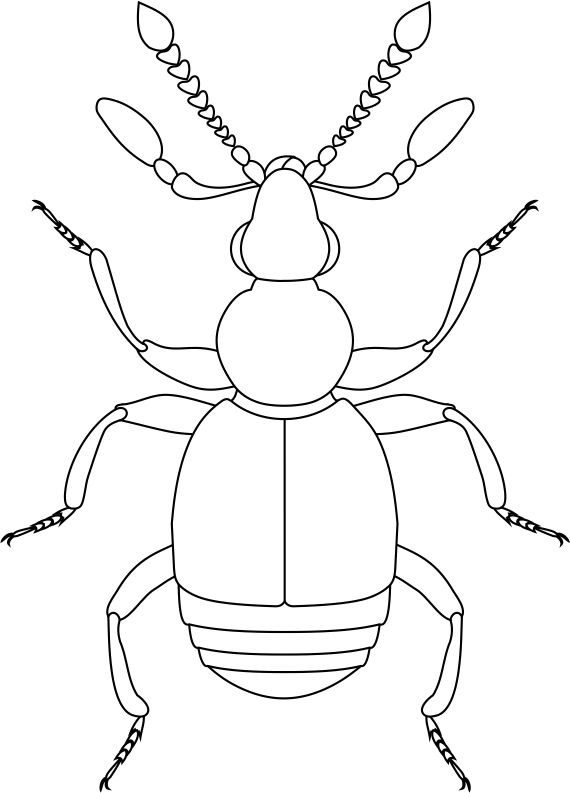
Community metabarcoding reveals the relative role of environmental filtering and spatial processes in metacommunity dynamics of soil microarthropods across a mosaic of montane forests.
Molecular Ecology
32: 6110-6128
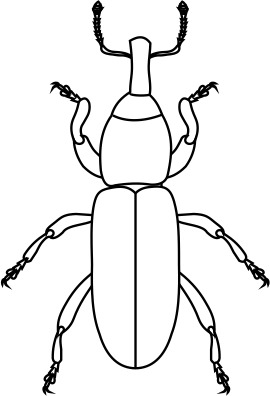
Metabarcoding for biodiversity inventory blind spots: a test case using the beetle fauna of an insular cloud forest
Molecular Ecology
2: 6130-6146

How genomics can help biodiversity conservation.
Trends in Genetics
39: 545-559

Community assembly and metaphylogeography of soil biodiversity: insights from haplotype-level community DNA metabarcoding within an oceanic island.
Molecular Ecology
1: 4078-4094

Dispersal ability and its consequences for population genetic differenciation and diversification.
Proceedings of the Royal Society B.
289, 20220489

Hidden island endemic species, and their implications for cryptic speciation within soil arthropods.
Journal of Biogeography
49: 1367-1380
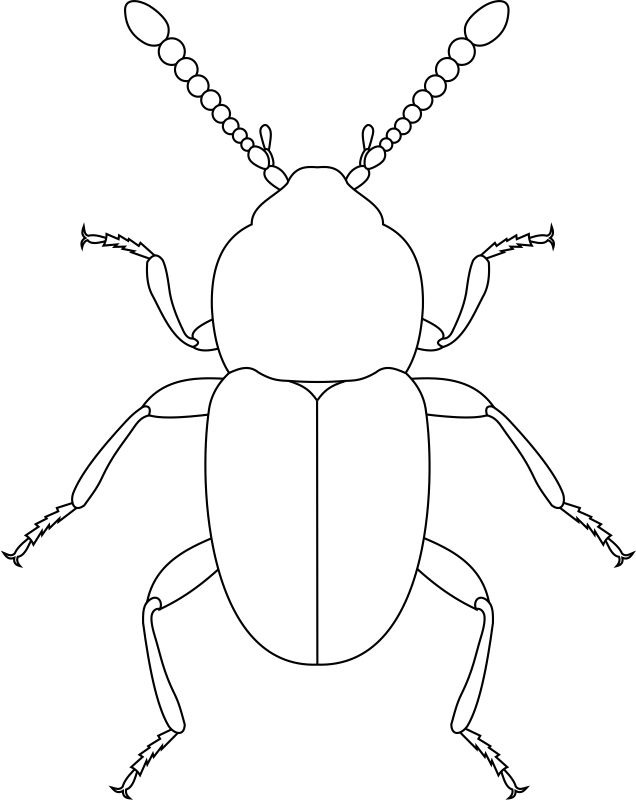
Toward global integration of biodiversity big data: a harmonised metabarcode data generation module for terrestrial arthropods.
GigaScience
11: giac065

The era of reference genomes in conservation genomics.
Trends in Ecology and Evolution
37: 3

Coming of age for COI metabarcoding of whole organism community DNA: towards bioinformatic harmonisation.
Molecular Ecology
22: 847-861

Three new subterranean species of Baezia (Curculionidae: Molytinae) for the Canary Islands.
Subterranean Biology
38: 1-18

Endogean beetles (Coleoptera) of Madagascar: deep soil sampling and illustrated overview.
Zootaxa
4963: 317-334

Mitogenomic phylogenetics of Diochus occultus n. sp., a palaeoendemic endogean species within the tribe Diochini (Coleoptera: Staphylinidae: Staphylininae).
Journal of Zoological Systematics and Evolutionary Research
59 (1), 78-93

Elemental composition, rare earths and minority elements in organic and conventional wines from volcanic areas: The Canary Islands (Spain).
PLoS ONE
16: e0258739

Local-scale dispersal constraints promote spatial structure and arthropod diversity within a tropical sky-island.
Molecular Ecology
30: 48-61

Flightlessness in insects enhances diversification and determines assemblage structure across whole communities.
Proceedings of the Royal Society B
288: 20202646
*equal contribution

Validated removal of nuclear pseudogenes and sequencing artefacts from mitochondrial metabarcode data.
Molecular Ecology Resources
21: 1772-1787
*Perspective on our paper published in same Molecular Ecology Resources issue*
*Highlighted as a From the cover article*

Connecting high-throughput biodiversity inventories – opportunities for a site-based genomic framework for global integration and synthesis.
Molecular Ecology
30: 1120-1135

Long-term cloud forest response to climate warming revealed by insect speciation.
Evolution
75: 231-244

The limited spatial scale of dispersal in soil arthropods revealed with whole-community haplotype-level metabarcoding.
Molecular Ecology
30: 48-61

Oromia orahan (Curculionidae, Molytinae), a new subterranean species for the Canarian underground biodiversity.
Subterranean Biology
35, 1-14

Irreversible habitat specialization does not constraint diversification in hypersaline water beetles.
Molecular Ecology
29: 3637-3648

Dispersal reduction: causes, genomic mechanisms, and evolutionary consequences.
Trends in Ecology and Evolution
35: 512-522

Mitochondrial metagenomics reveals the ancient origin and phylodiversity of soil mites and provides a phylogeny for the Acari.
Molecular Biology and Evolution
37: 683–694

Microclimate drives community-wide speciation on an oceanic island.
Ecology Letters
23: 305-315

A validated workflow for rapid taxonomic assignment and monitoring of a national fauna of bees (Apiformes) using high throughput barcoding.
Molecular Ecology Resources
20: 40-53

Phylogenetic inferences on West Mediterranean Ditomina (Coleoptera, Carabidae, Harpalini) based on molecular data.
Arthropod Systematics & Phylogeny.
77: 205 - 214

The discovery of Barretonus (Curculionidae, Cossoninae) in the Canary Islands, barcoding, morphology and description of new species.
Acta Entomologica Musei Nationalis Pragae
59: 443 - 452
*equal contribution

The phylogeny of leaf beetles (Chrysomelidae) inferred from mitochondrial genomes.
Systematic Entomology
45 (1), 188-204

Dispersal limitation: evolutionary origins and consequences in arthropods.
Molecular Ecology
28: 3137-3140

New mitochondrial genomes of thirty-nine soil dwelling Coleoptera from metagenome sequencing.
Mitochondrial DNA Part B
4: 2447-2450

Evaluating anthropogenic impacts on naturally stressed ecosystems: Revisiting river classifications and biomonitoring metrics along salinity gradients.
Science of The Total Environment
658: 912-921

Genome sequencing of Rhinorhipus exposes an early branch of the Coleoptera.
Frontiers in Zoology
15: 21

On the verge of below-ground speciation: a new species complex of microendemic endogean carabid beetles, Typhlocharis Dieck, 1869 (Coleoptera: Carabidae: Anillini), from south-west Iberian Peninsula.
Arthropod Systematics & Phylogeny
76: 429-447

Hidden biodiversity: Total evidence phylogenetics and evolution of morphological traits in a highly diverse lineage of endogean ground beetles, Typhlocharis Dieck, 1869 (Carabidae, Trechinae, Anillini).
Cladistics
34: 359-383

Insect communities in saline waters consist of realized but not fundamental niche specialists.
Philosophical Transactions of the Royal Society B
374: 20180008

Effects of salinity changes on aquatic organisms in a multiple stressor context.
Philosophical Transactions of the Royal Society B
374: 20180011

Why the COI barcode should be the community DNA metabarcode for the metazoa.
Molecular Ecology
27: 3968-3975

The contribution of mitochondrial metagenomics to largescale data mining and phylogenetic analysis of Coleoptera.
Molecular Phylogenetics and Evolution
128: 1-11

Metabarcoding of freshwater invertebrates to detect the effects of a pesticide spill.
Molecular Ecology
27: 146-166

Speciation below ground: Tempo and mode of diversification in a radiation of endogean ground beetles.
Molecular Ecology
26: 6053-6070

The chicken or the egg? Adaptation to desiccation and salinity tolerance in a lineage of water beetles.
Molecular Ecology
26: 5614-5628

Terra incognita of soil biodiversity: unseen invasions under our feet.
Molecular Ecology
26: 3087–3089

The mitochondrial genome of Iberobaenia (Coleoptera: Iberobaeniidae): First rearrangement of protein coding genes in the beetles.
Mitochondrial DNA
28(2): 156-158

Aquatic insects in a multistress environment: cross-tolerance to salinity and desiccation.
Journal of Experimental Biology
220: 1277-1286

The mitogenome of Hydropsyche pellucidula (Hydropsychidae): first gene arrangement in the insect order Trichoptera.
Mitochondrial DNA
28(1): 71-72

A small carabid for a huge entomologist: Typhlocharis amara, a new species dedicated to Dr. Fritz Hieke.
Entomologische Blätter und Coleoptera.
112: 465-73

Gondwanian relicts and oceanic dispersal in a cosmopolitan radiation of euedaphic ground beetles.
Molecular Phylogenetics and Evolution
24, 3603-3617

The discovery of Iberobaeniidae (Coleoptera: Elateroidea), a new family of beetles from Spain with immatures detected by environmental DNA sequencing.
Proceedings of the Royal Society of London B
283: 20152350

Lessons from genome skimming of arthropod-preserving ethanol.
Molecular Ecology Resources
16(6): 1365-1377
*equal contribution

Aquatic insects dealing with dehydration: do desiccation resistance traits differ in species with contrasting habitat preferences?
PeerJ
4: e2382

Metabarcoding and mitochondrial metagenomics of endogean arthropods to unveil mesofauna of the soil.
Methods in Ecology and Evolution
7(1): 1071-1081

Evolutionary ecology, biogeography and conservation of water beetles in Mediterranean saline ecosystems.
Limnetica
34(2): 481-494

Phylogenetic community ecology of soil biodiversity using mitochondrial metagenomics.
Molecular Ecology
24(14): 3603-3617

The comparative osmoregulatory ability of two water beetle genera whose species span the fresh-hypersaline gradient in inland waters (Coleoptera: Dytiscidae, Hydrophilidae).
PloS ONE
10(4): e0124299

Late Miocene origin of aIbero-Maghrebian clade of ground beetles with multiple colonisations of the subterranean environment.
Journal of Biogeography
41: 1979–1990

Congruence test of molecular clock calibration hypotheses based on Bayes factor comparisons.
Methods in Ecology and Evolution
5: 226-242

Integration of conflict into Integrative Taxonomy: Fitting hybridization in the delimitation of species in Mesocarabus (Coleoptera: Carabidae).
Molecular Ecology
23(17): 4344-4361

Tempo and mode of the multiple origins of salinity tolerance in a water beetle lineage.
Molecular Ecology
23(2): 360-373

Water beetle tolerance to salinity and anionic composition and its relationship to habitat occupancy.
Journal of Insect Physiology
59(10): 1076-1084

Integrative taxonomy and conservation of cryptic beetles in the Mediterranean region (Hydrophilidae).
Zoologica Scripta
42(2): 182-200
Publications before 2013 and other (non-JCR) publications can be found in Paula Arribas and Carmelo Andújar CVs
©Todos los derechos reservados
Diseño de página web por